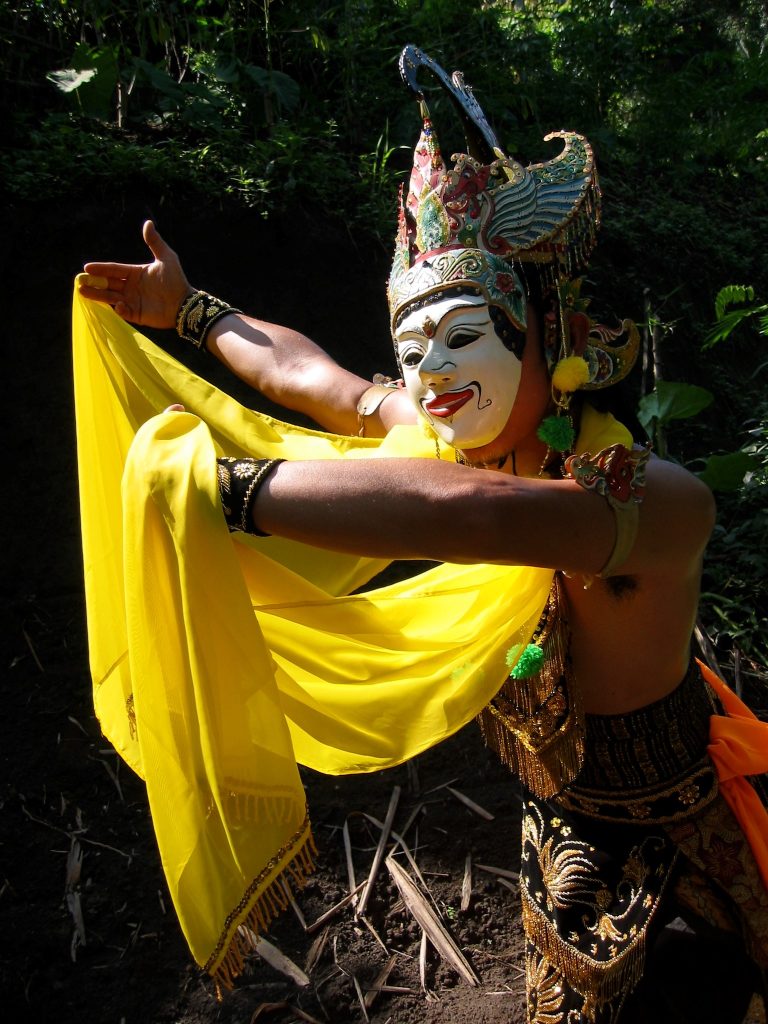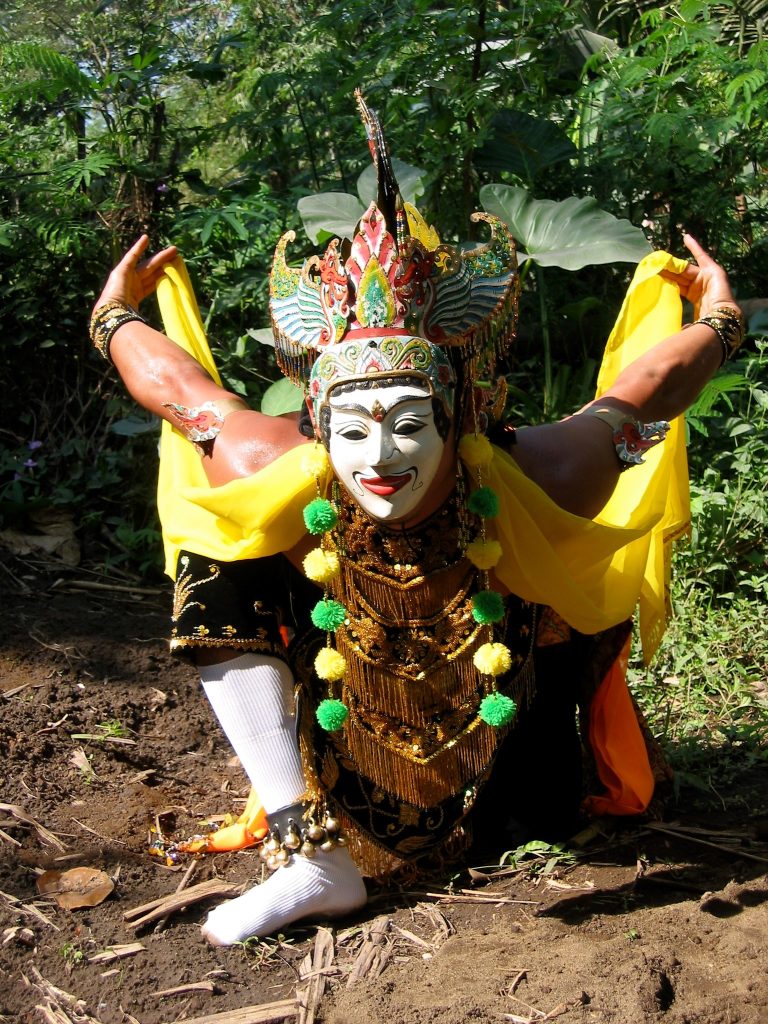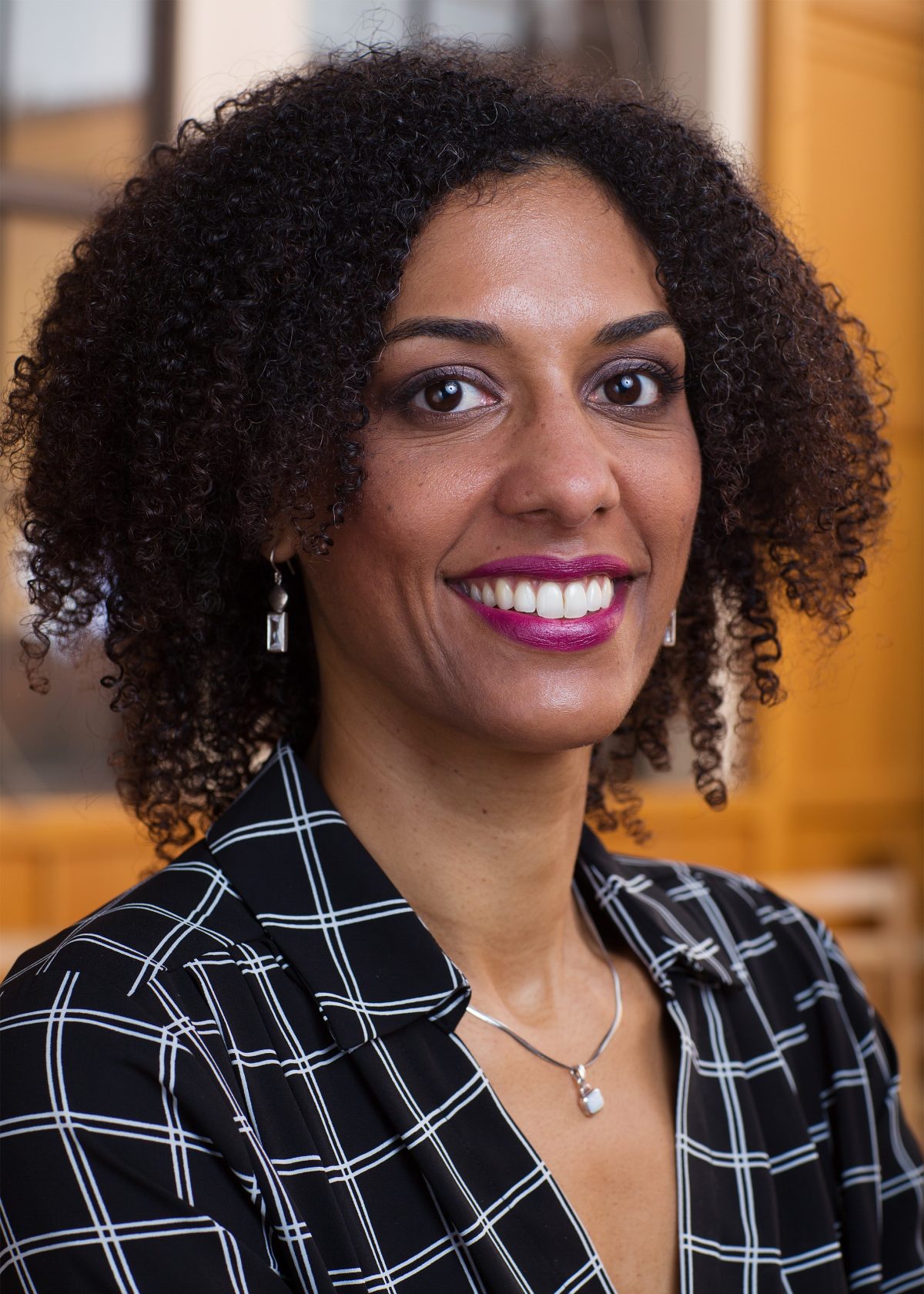Professor Christina Sunardi on the Spiritual Knowledge of East Javanese Performing Arts
SAM’s Gardner Center for Asian Art and Ideas presents the 2023–24 season of the Saturday University Lecture Series, exploring various topics on Asian art and culture across time. On Saturday, February 10, Christina Sunardi, Associate Professor in the School of Music at the University of Washington and Chair of the Department of Dance, will explore the spiritual knowledge, or ilmu, that performers imparted on her while conducting fieldwork on gamelan music and dance in Malang, east Java from 2005–2007. In advance of her talk, SAM spoke with Sunardi about what visitors can expect to learn about in her upcoming talk, her travels in Malang, and the raw, emotional power of the performing arts.
SAM: What can the public expect to learn about in your upcoming Saturday University lecture? What initially drew you to this topic?
CHRISTINA SUNARDI: I will present some of my research on ilmu (spiritual knowledge) that performers imparted and encouraged me to obtain while I conducted fieldwork on gamelan music and dance in Malang, east Java from 2005–2007 and subsequent visits. I intend to analyze the importance performers placed on ilmu as substantive, embodiable knowledge, often secret and esoteric, which can be physically transferred from one being to another, or from an object, and which provides the ability to do something remarkable or remarkably well, including performing music, dance, and theater. I will contend that through their ilmu-related beliefs, practices, and verbal discourse, Malang performers were maintaining and producing local systems of knowledge, transmission, and competence. I am also so excited to be partnering with master gamelan musician and puppeteer Ki Midiyanto as he demonstrates how one of the instruments from the gamelan ensemble is played throughout my presentation. We’ll also allow plenty of time for questions from the audience!
SAM: Academic research often involves travel. Is there a travel experience related to your lecture experience that you could share with us?
CS: Although it’s hard to choose just one, one experience that may be of interest is the ceremony that my first dance teacher in Malang facilitated to ensure that my studies of gamelan, dance, and the Javanese language would go smoothly. I now understand this ceremony as him preparing me to receive ilmu. I remember feeling a tingling sensation on the back of my neck during the ceremony. Maybe it was the smell of the burning incense cubes, or that I was moved by my teacher’s wish for me to succeed, or maybe it was both—I haven’t totally sorted all of that out yet.


SAM: The Seattle Art Museum is home to nearly 25,000 works of art. What’s one artwork from the museum’s collection that resonates with you? Why?
CS: Ooh! I really love this 19th-century Wayang Topeng Mask. I had the opportunity to study masked dance while in Malang and it is such a beautiful, entrancing form. I love how the individual dancer sort of disappears into the character and how the dancers can make their masks come to life. ilmu can certainly be involved with this, as I will speak about in my presentation!
SAM: Is there anything we didn’t ask that you want to share with the public in advance of your lecture?
CS: Thank you so much for inviting me and thank you so much to those who are interested in attending. It is always such an honor to be able to share my research and to share what I have learned from the artists I was fortunate enough to study with during my fieldwork.
SAM: What’s one book you’d recommend to those interested in learning more about your lecture topic?
CS: I hope this is not too bold, but my book, Stunning Males and Powerful Females: Gender and Tradition in East Javanese Dance (University of Illinois Press, 2015), may be of interest.
– Simon Tran, SAM Manager of Public Engagement at the Seattle Asian Art Museum
Photos: Steve Corn & Christina Sunardi.
